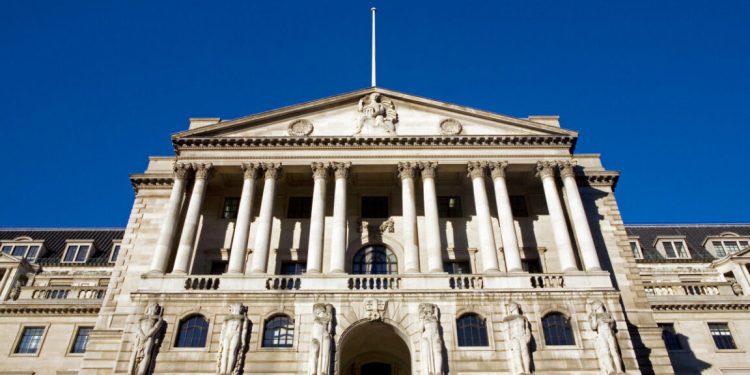Stock valuations based on past earnings have also reached their highest levels since the dot-com bubble 25 years ago, although the BoE noted they appear less extreme when based on investors’ expectations for future earnings. “This, combined with increasing concentration within stock indices, leaves equity markets particularly exposed if expectations about the impact of AI become less optimistic,” the central bank said.
Work and trouble?
The dot-com bubble offers a potentially instructive parallel to our current times. In the late 1990s, investors poured money into Internet companies based on the promise of a transformed economy, seemingly unaware of whether individual companies had viable paths to profitability. Between 1995 and March 2000, the Nasdaq index rose 600 percent. When sentiment changed, the correction was severe: the Nasdaq fell 78% from its peak, reaching a low point in October 2002.
Whether we’ll see the same or worse if an AI bubble bursts is mere speculation at this point. But as in the early 2000s, the question in today’s market is not necessarily about the usefulness of AI tools themselves (the Internet has been useful, after all, despite the bubble), but rather about whether the amounts of money being invested in the companies selling them are disproportionate to the potential profits these improvements could bring.
We don’t have a crystal ball to determine when such a bubble might burst, or even if it is guaranteed, but we will likely continue to see more warning signs if AI-related deals continue to grow more and more over time.









